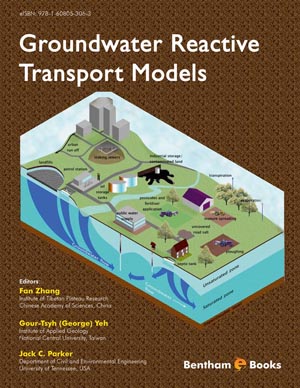Abstract
The Sophie’s Cave was used during the last dry cave stage just before the maximum glaciation by the first modern humans, Late Palaeolithic Early Gravettian reindeer hunters, but not as short-term hunting camp or or settlement, but as shamanic sanctuary. Those hunters seem to have deposited year after year selected larger male shed reindeer antlers (one C14-dated 30.830-30.340 cal. BP) in only one of the deeper chambers of the cave, possibly also two mammoth pelvic halves (one C14-dated 29.340- 28.600 cal. BP) and other bones of the megafauna. Already before the Last Maximum Glaciation (= LGM, around 19.000 BP) humans and the cave bear boreal fauna disappeared in the Franconia Karst region, similar as all over Central Europe. The valley was resettled by the last reindeer hunters at the end of the glaciation by Epipalaeolithics, which left remains in other smaller cave entrances or rock shelters in lower elevations along the Wisent and Ahorn valleys.
Keywords: Little presence of Neanderthals, Late Palaeolithic Early Gravettian reindeer hunters, reindeer antler and bone depot, shamanic cave use of Sophie’s Cave, Epipal-aeolithics.












